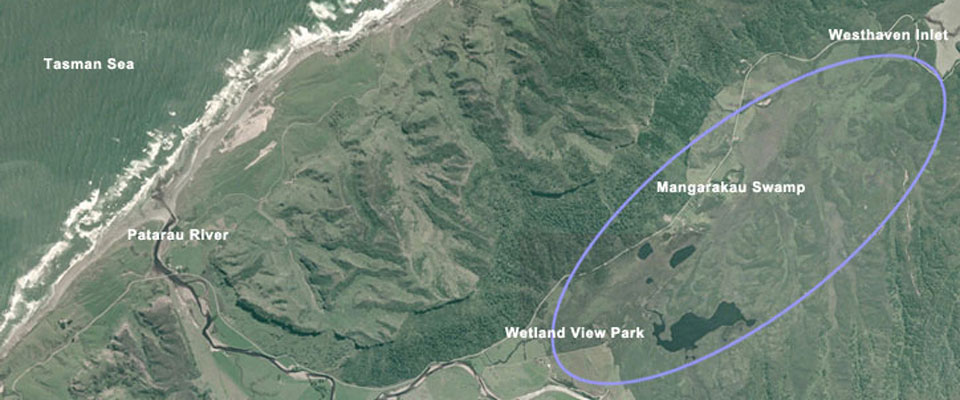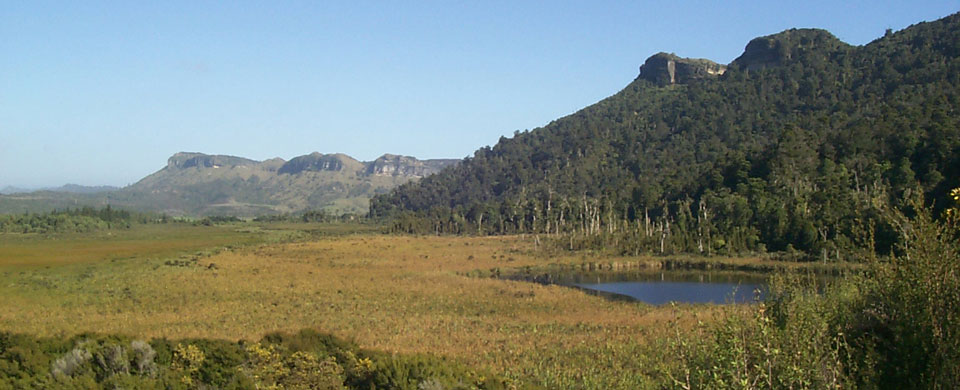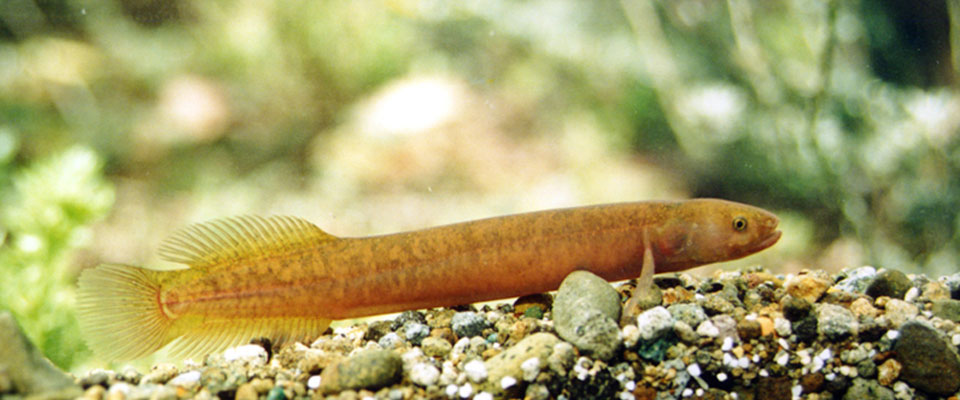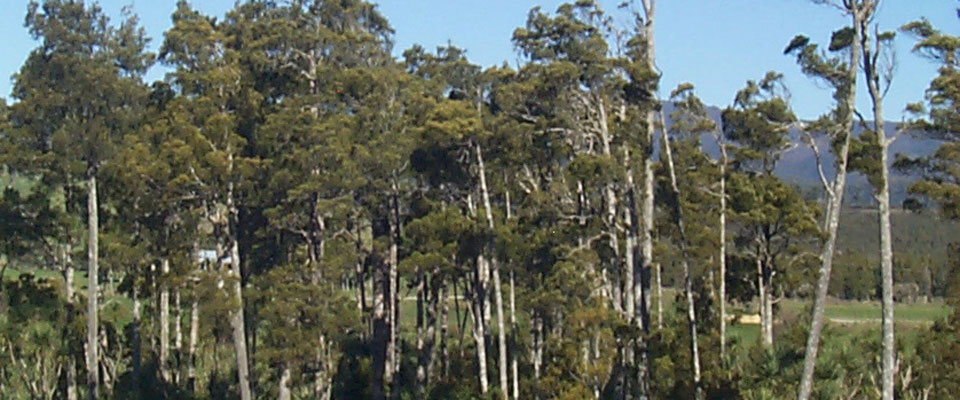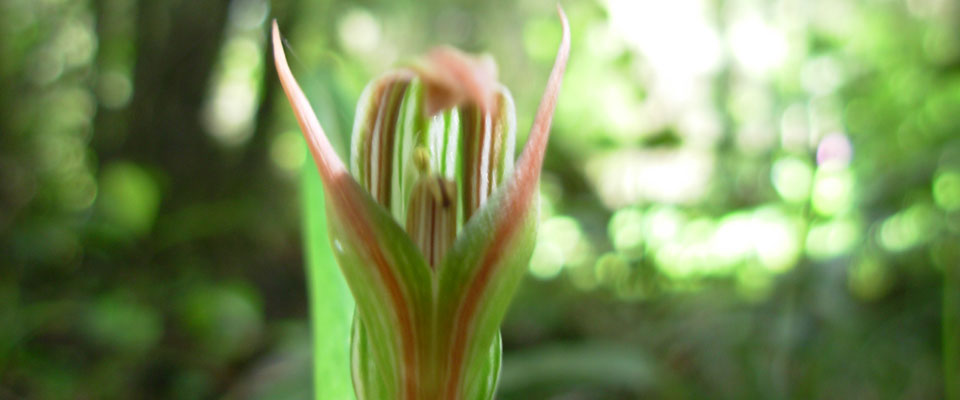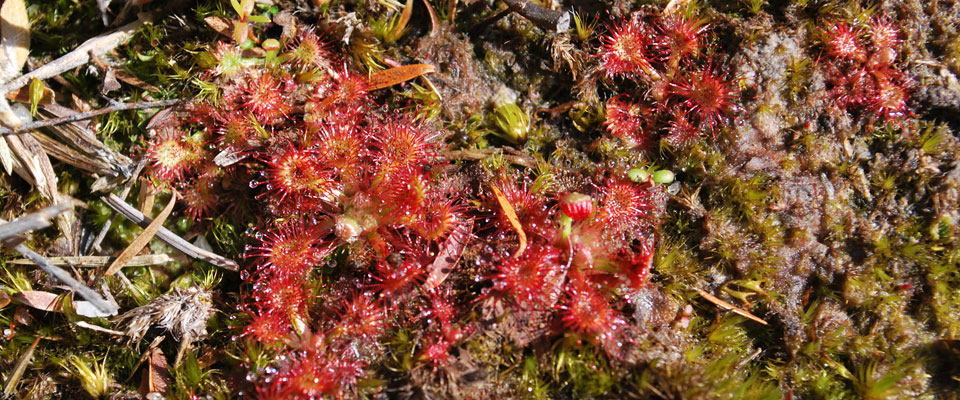The Mangarakau Wetland
The Mangarakau swamp covers approximately 400 hectares and is the largest remaining wetland in the Nelson / Marlborough area and one of the largest in the South Island. It stretches from the Southern end of Westhaven Inlet almost through to the West Coast. It is unique because there are no urban areas or farmland in it's catchment. The entire catchment for the swamp is the native bush of Kahurangi National Park. The huge variety of bird life, fish and flora in the wetland is truly amazing and the surrounding area is breathtaking in its diversity and scenic beauty. We have tracks that allow you to explore a wide variety of different aspects of the wetland and enjoy the birdlife first hand.
The Mangarakau swamp has survived many attempts to drain it over the years. The area has been the centre of flax milling, gold mining, coal mining, timber milling industries followed by farming and fishing since it was first settled by the maori.
60 km of tram-lines (wooden rails on sleepers) were used for horse drawn carts to stop the wheels sinking in the mud. The old logging roads, and tram-lines have been ideal for us to open up interesting walks for guests to explore the history and appreciate the peace and beauty of the area.